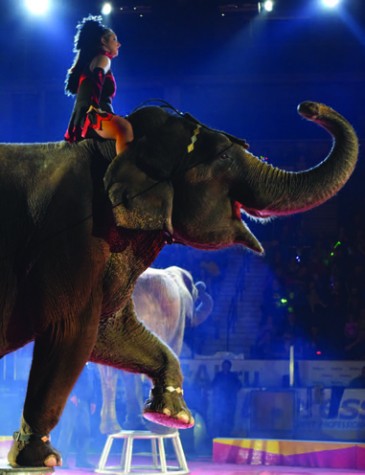The cruelty of animal testing
The main reason there are advocates against animal testing is because animals have a chance of being harmed or mistreated. However, there are very strong laws in place to ensure distress and pain in animals is kept to an absolute minimum.
Avert.org is the international HIV & AIDS charity that works toward preventing the spread of diseases through intensive education and testing.
The organization says the differences between animals and humans are known so it’s easy to factor that in to the experiments.
It goes further into detail by promoting that “there are no viable alternatives to testing pharmaceutical products for safety on animals.” Scientists at Avert start with in-vitro studies and computer models before they begin to test on animals.
If it’s a legal requirement that drugs are tested on animals for safety reasons in majority of the world, especially if the tests are attempting to create more good than bad, people shouldn’t be protesting against these tests.
A report under BBC even recommended a solution referred to as the 3Rs. This solution includes reduction, refinement and replacement. It suggests that animals should continue to be tested on, but we should reduce the amount of animals we experiment on, create a more unethical way of testing where it causes less harm, and if humans wanted to volunteer, we could use them instead of animals.
However, a majority of humans do not volunteer to be tested on, leaving scientists with no other choice but to test on animals.
We as humans are superior to other species. Therefore, if humans do not volunteer we have to look at what is more acceptable.
Although this may seem cruel, people need to realize that animals experimented on reproduce much quicker than humans and also produce more in litters. Rabbits alone can breed nearly 100 offspring in one year.
Rats and mice used in animal tests are typically bred for the experiments. The term “lab rats” is not a coincidence.
There is no other choice but to experiment with these overpopulated and specifically bred animals, because scientist can’t put out new medications without them first being experimented with.
Today, animal testing has already created many cures and has helped push towards medical advancements and other life-saving procedures.
Huntington’s disease, Alzheimer’s, Epilepsy and types of cancers are a few diseases scientists are trying to find vaccines for. Organ transplantation, heart-valve replacement, coronary artery bypass and open-heart surgery also have all been developed using animal models and testing.
Based on the development of research so far, animal testing is an option that can’t be discarded when it comes to creating and enhancing the future of medicine for diseases and procedures.
Misti Meads is the features editor for The Dakota Student. She can be reached at [email protected].














